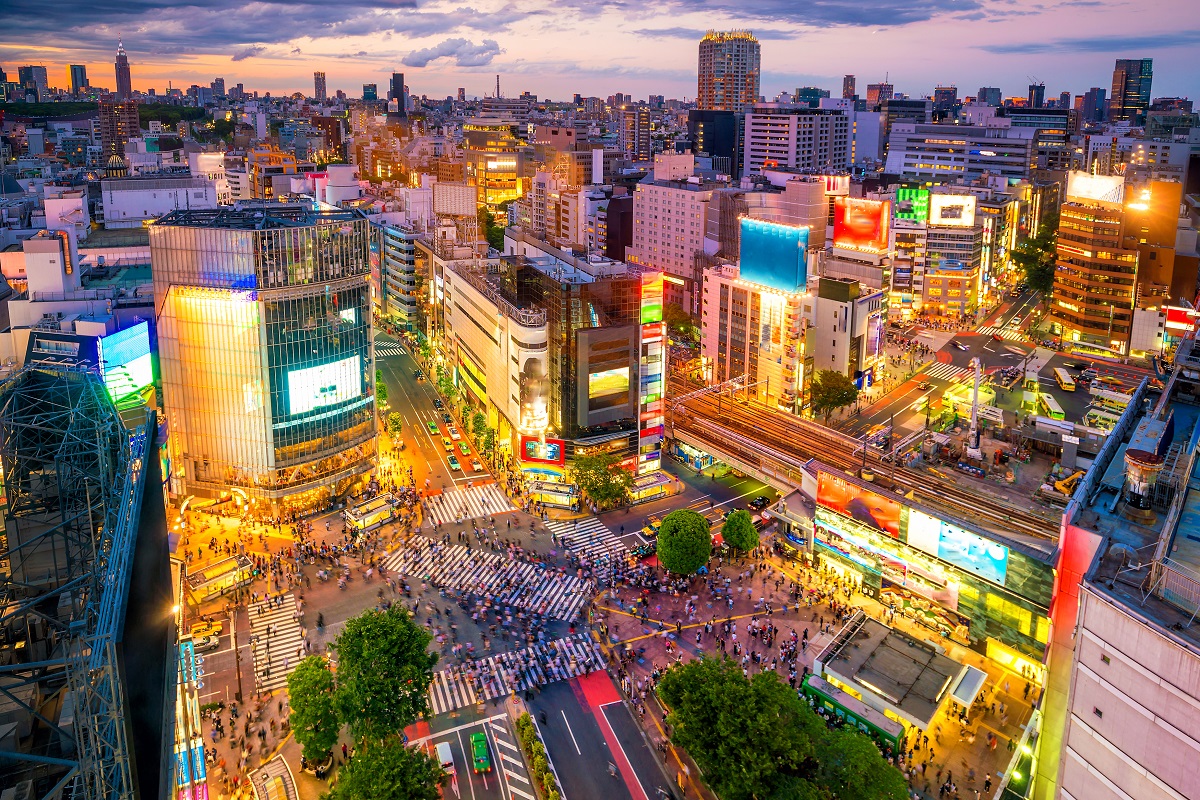You’re probably familiar with the many ways in which human activities harm the environment. There’s climate change; it can be a minor inconvenience, making your days more warm and humid, or altering your plans for a tent rental for a music festival. In other parts of the world, however, the effects are severe; violent storms, major floods, and heat waves are more frequent.
Our pollution of the environment through increased carbon emissions is having a high impact on the entire planet. It certainly deserves urgent attention. But we shouldn’t ignore other forms of pollution. In particular, light pollution has become an unpleasant side effect of modern civilization.
Most people think of light as a good thing. It’s useful. And it consistently has positive associations in culture. Heroes and benevolent deities in mythology wield light; evil forces are powers of darkness. This makes it hard to conceive of light as something that can be harmful in excess.
A waste of energy
But excess is undoubtedly possible. When you’re on an airplane that’s approaching descent at night, the city below looks like a sprawl of bright stars. It’s a beautiful sight, but take a moment to pause and wonder why that light is reaching you in the first place.
People on the ground appreciate the benefits of artificial lights. Indoors, they enable continued productivity. Outdoors, they help make the streets safer. They act as a deterrent to crime, and aid pedestrians and motorists in getting about. But to achieve this purpose, a light only needs to be directed to where it’s needed.
Light headed upwards from the ground holds no benefit for the people in the vicinity. They need to have their surroundings illuminated at night. All that light emitted toward the sky instead is a massive waste of energy. And excess energy consumption creates further strain on our environment. Thus, light pollution is a sign of inefficiency and non-sustainable practices.
Disruptive effects
What’s more, light pollution has a disruptive effect on the ecosystem. We humans aren’t a nocturnal species, but many animals are creatures of the night. Millions of birds die each year from colliding with structures that are needlessly lit up at night. The glare of our lights diffuses into the clouds and can affect everything on a large scale, from nocturnal predators to migratory animals and reproductive patterns in various organisms.
With the complexity of ecosystems, we’re only beginning to grasp the extent to which light pollution harms an entire location. But we know that some species adapt better to human-made disruptions than others, and these tend to be pests.

Most wildlife tends to shun artificial light or respond to it unnaturally, often to their harm; that’s why we have the phrase “deer in the headlights.” It’s an unpleasant thought, but our light pollution might be encouraging the survival of vermin while pushing more desirable species into retreat.
And on the human, aesthetic level, light pollution takes a definite toll. If you live in the city, when was the last time you enjoyed looking up at the night sky? Even urban areas are seeing an excess of evening illumination from upward lighting on roads and properties. We lose our primal connection to the stars when they are obscured by the dull, diffuse glow of light pollution.
Call for community change
There are some measures you can take as an individual to help reduce light pollution. On your property, avoid using unnecessary lights, and shield them to keep the light from diffusing out. You can call for similar measures to be implemented at your workplace. This will also help lower energy consumption.
But the bulk of light pollution comes from above the individual level. Among the main offenders in this area are road lights, commercial and business areas, and sports venues. These account for some of the biggest and brightest sources of light pollution in most locations.
It’s vital for concerned individuals to take effective action against light pollution, not just within the scope of domestic responsibility, but on a community level as well. Raise these issues with your local authority, as they can help to ensure that simple solutions such as shield installation to reduce glare are implemented.
The city authorities might also be in a position to oversee large-scale solutions, such as motion-sensitive or dimming technology. This will allow a reasonable compromise between the need for security and safety of public and commercial properties, and the value of conserving light and energy.
Light pollution affects a majority of the world’s population, and any effective solution will have to be community-driven. Help spread awareness of the issue and urge those in power to enforce responsible light usage in your area.




